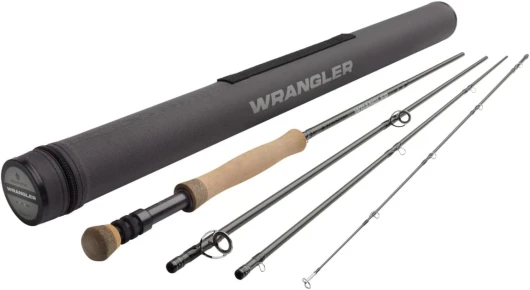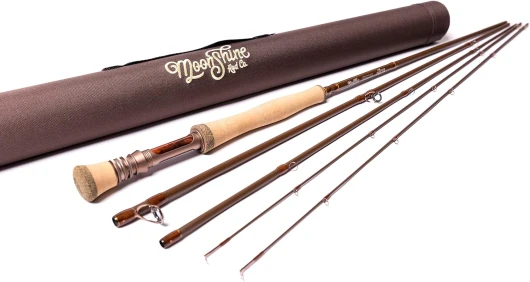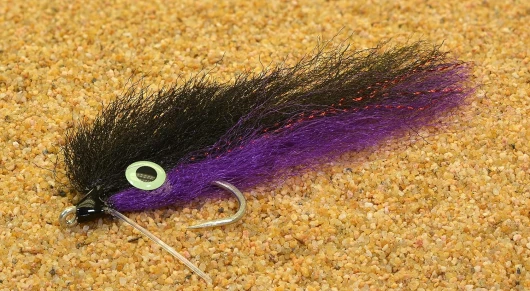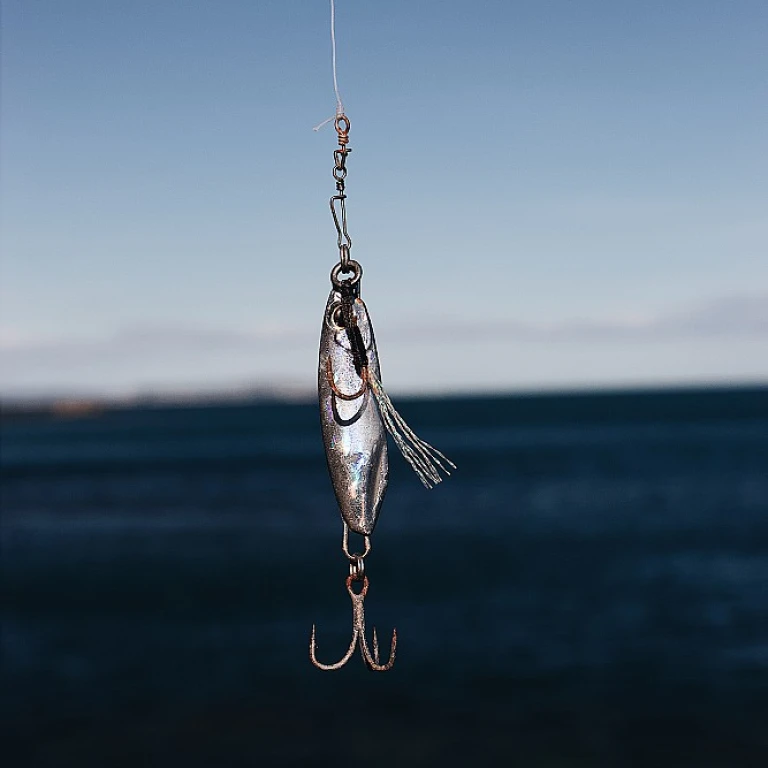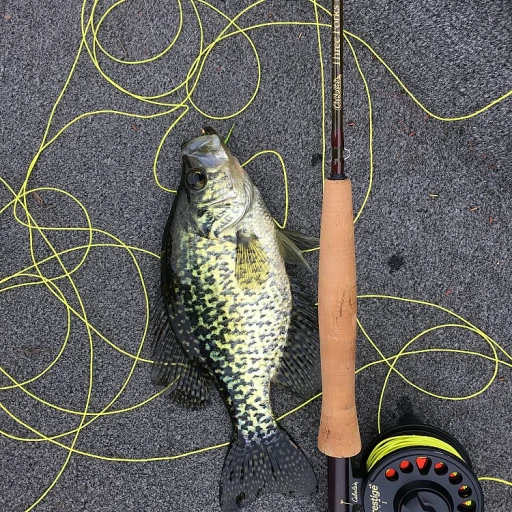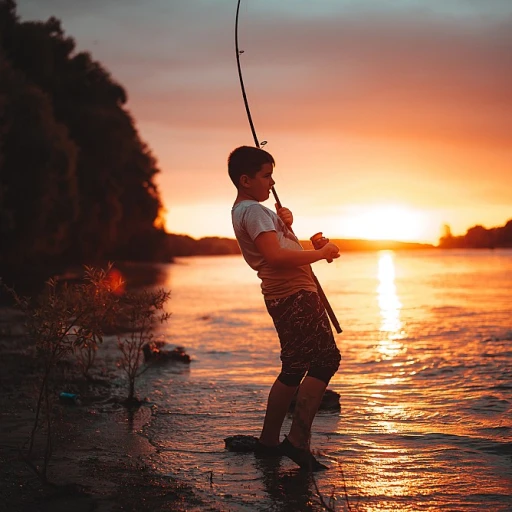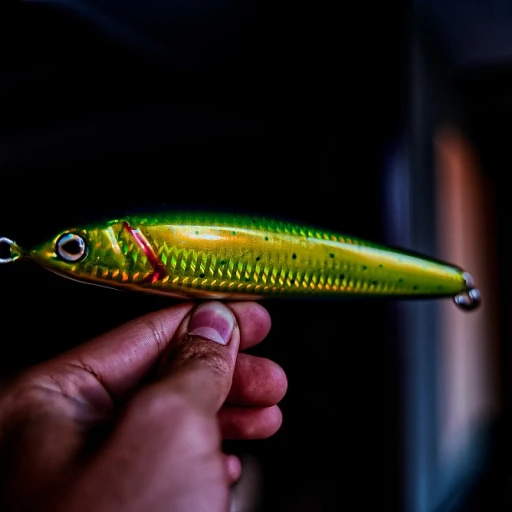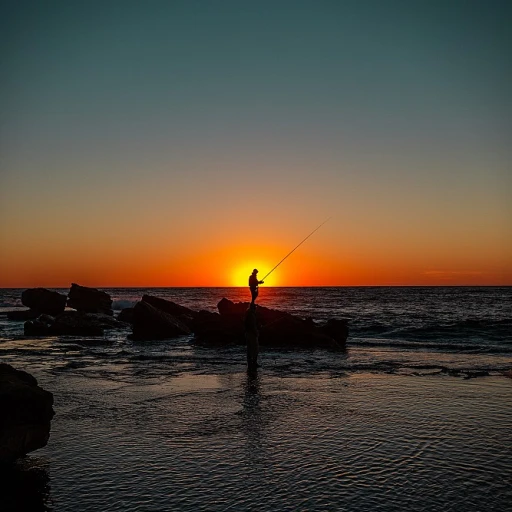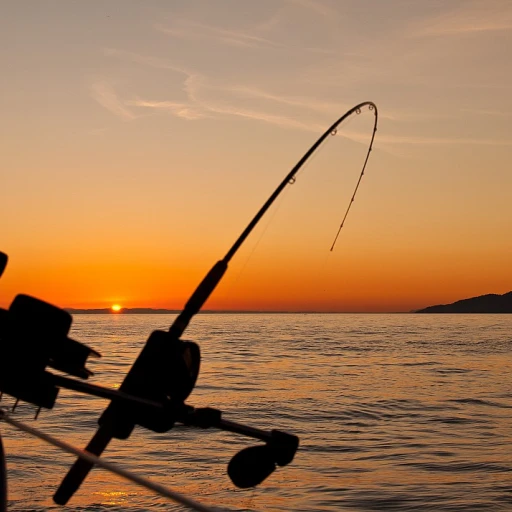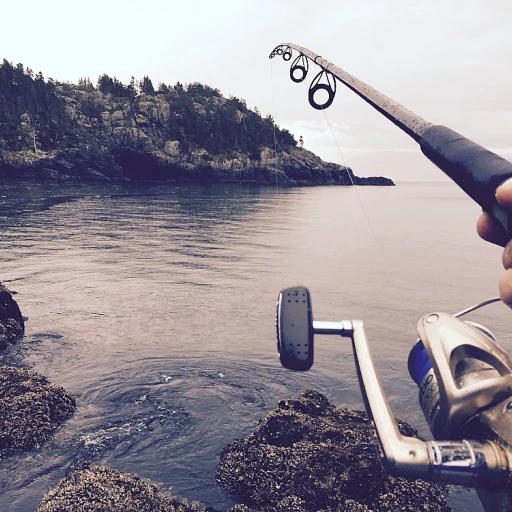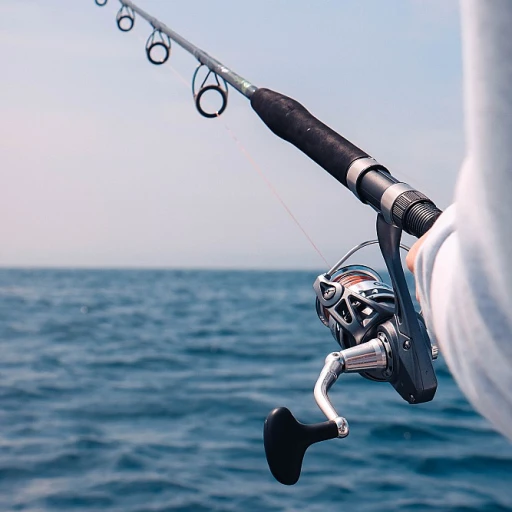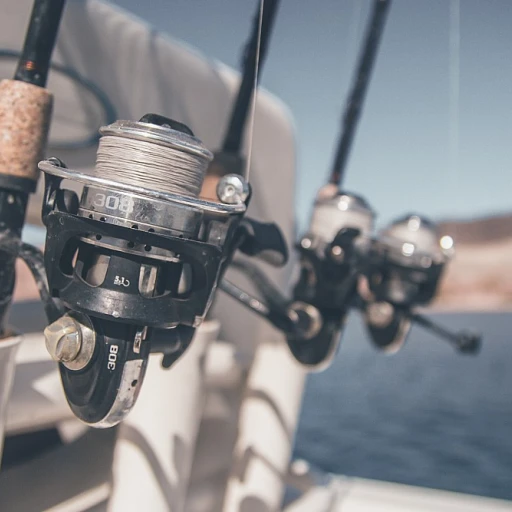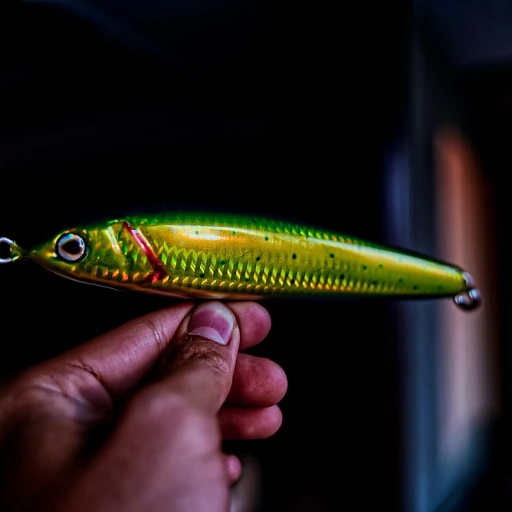
Understanding Tarpon Behavior
Deciphering Tarpon Habits for Successful Fly Presentation
Understanding the behavior of tarpon is crucial for any dedicated angler aiming to master the art of tarpon flies. These magnificent fish are known for their acrobatic leaps and formidable size, making them a thrilling catch for any fly fishing enthusiast. To effectively target tarpon, one must first familiarize themselves with their feeding patterns and habitat preferences.
Tarpon are generally found in saltwater environments, often in coastal areas and estuaries. They tend to travel in schools, which makes targeting them in the right location at the right time essential. Early morning and late afternoon are considered the best times for tarpon fishing, as they are more likely to be active and feeding.
Patience and observation play a significant role in identifying these fish as they often surface to gulp air, a behavior unique to tarpon due to their modified swim bladder. This can be a vital cue for fly anglers to keep an eye out. Furthermore, understanding that tarpon exhibit different behaviors depending on the season can greatly enhance your success rate. This knowledge will guide you in selecting appropriate tarpon flies and employing the right techniques for casting.
To capitalize on these insights, it's essential to have the right gear. Selecting fly rods that match the strength required to handle these powerful fish is crucial. Consider options such as fly lines and reels that can withstand the high tension during the fight. Ultimately, mastering tarpon behavior will elevate your fly fishing experience, ensuring both efficiency and excitement in your pursuit of tarpon.
Choosing the Right Tarpon Flies
Selecting the Perfect Fly
Choosing the right tarpon flies is crucial to increasing your chances of success in the water. Considering the wealth of literature available on fly fishing, there's plenty of guidance on selecting the ideal fly for your target species. Here, we focus on the specific needs of tarpon fly fishing to help you make informed choices.
When picking tarpon flies, it's important to consider a variety of factors such as size, color, pattern, and price. Here's a guide to help you navigate your options:
- Fly Size: The size of your fly can significantly impact your success. Tarpon are generally attracted to larger flies, often tied in sizes ranging from 2/0 to 4/0.
- Color Options: Different water conditions call for different colors. Black flies work well in lower light conditions, while brighter colors may be more visible in clear water. Consider options like the "Tarpon Tiger" or "Peanut Butter" flies for varied conditions.
- Patterns and Variants: Tying your own flies allows for customization, ensuring you have multiple variants to choose from. Popular patterns often feature a combination of synthetic and natural materials for optimal movement in the water.
- Price and Brand Considerations: Flies can vary widely in price. While it's possible to find options on sale, investing in well-crafted flies from reputable brands like Umpqua can be a wise decision. Look for a balance between the regular price and sale options that suit your budget.
By carefully considering these aspects, you'll be better prepared to face the challenges of tarpon fishing and increase your chances of landing that trophy fish.
Techniques for Casting Tarpon Flies
Perfecting Your Cast for Tarpon Flies
When it comes to casting tarpon flies, precision and technique are key. Tarpon are known for their elusive behavior, so understanding their patterns and movements is crucial. This knowledge will help you position your cast effectively, increasing your chances of a successful catch.
Start by selecting the right fly rods and reels. The best fly rods for tarpon fishing are typically 10 to 12 weight, providing the strength needed to handle these powerful fish. Pair your rod with a high-quality reel that offers a smooth drag system, ensuring you can manage the tarpon's intense runs.
Consider the fly lines you use. A floating line is often preferred in shallow waters, while an intermediate or sinking line might be better suited for deeper areas. The right equipment can make all the difference in your casting technique.
When choosing your tarpon flies, pay attention to the size, color, and pattern. Popular options like the tarpon tiger and peanut butter flies are effective due to their realistic appearance and movement in the water. The size of the fly should match the size of the baitfish in the area, while colors like black can be particularly effective in murky waters.
Practice your casting technique regularly. The double haul cast is a favored method among experienced anglers, allowing for greater distance and accuracy. Remember, the goal is to present the fly naturally, enticing the tarpon to strike.
Lastly, always be prepared to adjust your approach based on the conditions. Wind, water clarity, and tarpon behavior can all influence your casting strategy. By staying adaptable and informed, you'll be well-equipped to master the art of casting tarpon flies.
Seasonal Considerations for Tarpon Fishing
Timing Your Tarpon Adventure
When it comes to mastering tarpon fly fishing, understanding the seasonal considerations is crucial. Tarpon are migratory fish, meaning their behavior and availability change with seasons, impacting your fishing success. Knowing when to start your adventure and how to adapt to various conditions can make all the difference.
Spring and Summer: This is typically the prime time for tarpon fishing in saltwater areas, particularly when targeting the larger migratory groups. Use brightly colored patterns like the tarpon tiger or peanut butter for better visibility in often murky water. Your choice of fly pattern will also depend on the prevailing water conditions. A lighter fly line may require a different casting technique, as discussed in earlier sections.
Fall and Winter: While the main season might have passed, these months offer unique opportunities for enthusiasts. Resident tarpon are smaller and typically less pressured. Opt for flies in more natural colors, such as black or olive, mimicking the local baitfish.
Always be cognizant of the gear you'll need. For instance, adapting to changing conditions may require adjustments in your fly rods and reels. Brands like Umpqua offer a variety of options that cater to different fishing environments and personal preferences. Whether considering a new purchase or inspecting your current setup, price and durability are key factors, especially when maximizing the sale price on high-quality equipment.
By planning your fishing activities according to the seasons and understanding how they affect tarpon behavior, you can improve your chances of reeling in the best catch, making for a truly exceptional angling experience.

- + Effective for targeting Redfish, Snook, and Barracuda
- + High-quality Mustad 3/0 Signature Fly Hooks
- + Versatile for nearly all saltwater species
- + Bright Color for better visibility in water
Essential Gear for Tarpon Fly Fishing
Must-Have Equipment for Successful Tarpon Fly Fishing
Embarking on a tarpon fly fishing adventure necessitates the right gear to make the experience both enjoyable and successful. Your choice of equipment, from fly rods to reels, can significantly influence your chances of landing these majestic fish. Understanding the importance and functionality of each item can aid in selecting the best options tailored to your needs.
Fly Rods and Reels: Selecting the correct fly rod is critical when targeting tarpon. A fast-action rod, often ranging between 10 to 12 weight, is ideal for handling the power and size of these formidable fish. Investing in a high-quality reel with a strong, smooth drag system ensures you can effectively battle a tarpon's strength. Remember, quality often comes at a higher price, but the investment pays off in reliability and performance.
Fly Lines: The choice of fly lines matters significantly. A weight-forward floating line is generally recommended for managing the demanding casts needed in tarpon fishing. Consider lines specifically designed for saltwater conditions to withstand corrosion and abrasion.
The Art of Selecting Tarpon Flies: Your ability to match the hatch with the right tarpon fly impacts your success. Patterns like the tarpon tiger and peanut butter are often favorites, proving effective in attracting tarpon. These flies come in multiple variants, colors, and sizes—such as black, chartreuse, and white—each suited for different water conditions and tarpon behavior. Fly tying enthusiasts might enjoy crafting their unique patterns, allowing for custom options tailored to the local fish populace.
Price and Availability: Brands like Umpqua offer a range of reliable products, often available for sale at competitive prices. Tune into sales and price reductions to invest in high-quality gear without breaking the bank. Ensure to evaluate both the regular price and any sale price to fully compare options and find the best deal.
Choosing the right gear means more than just picking the most expensive model. It involves considering multiple factors and understanding how each component fits into the broader strategy of tarpon fishing. This approach can help you optimize your setup for the best possible result on your next fishing expedition.
Tips for Catch and Release
Safeguarding Tarpon with Thoughtful Release Practices
Releasing tarpon back into the water after a successful catch is essential for preserving this prized saltwater species and the environments they inhabit. By understanding their unique behaviors and employing considerate release techniques, anglers can help ensure that these magnificent fish continue to thrive. Here are some key tips to bear in mind:- Minimize Handling: After hooking a tarpon with your chosen product, refrain from excessive handling to prevent unnecessary stress or injury. The less contact the fish has with surfaces, the better its chances of survival.
- Use Appropriate Gear: Select options of fly rods, fly reels, and fly lines designed to efficiently control the size and strength of tarpon. Utilizing the right options product ensures a quicker, less strenuous fight, reducing exhaustion and facilitating a prompt release.
- Keep Tarpon in Water: Always attempt to release tarpon while it is still in the water. If a photo is necessary, be quick about lifting it, but never keep the fish out for longer than a few seconds. Aim for a black or darker background to reveal the pattern and color uniquely seen in tarpon flies.
- Reviving with Care: Supporting the fish in the current will help it recover before release. This entails holding the tarpon until it can swim away on its own. Attention to these details ensures minimal stress and maximum safety for the fish.

